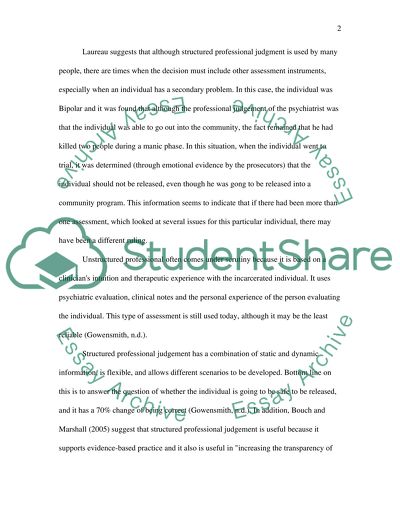Cite this document
(“Risk assessment and management in Forensic mental health Essay”, n.d.)
Retrieved from https://studentshare.org/environmental-studies/1411426-risk-assessment-and-management-in-forensic-mental
Retrieved from https://studentshare.org/environmental-studies/1411426-risk-assessment-and-management-in-forensic-mental
(Risk Assessment and Management in Forensic Mental Health Essay)
https://studentshare.org/environmental-studies/1411426-risk-assessment-and-management-in-forensic-mental.
https://studentshare.org/environmental-studies/1411426-risk-assessment-and-management-in-forensic-mental.
“Risk Assessment and Management in Forensic Mental Health Essay”, n.d. https://studentshare.org/environmental-studies/1411426-risk-assessment-and-management-in-forensic-mental.


